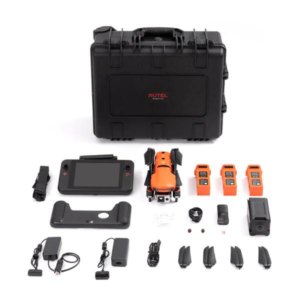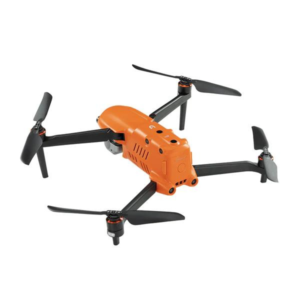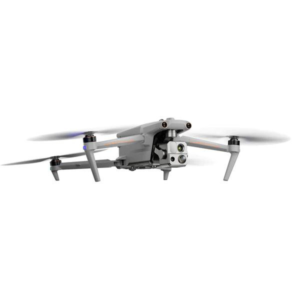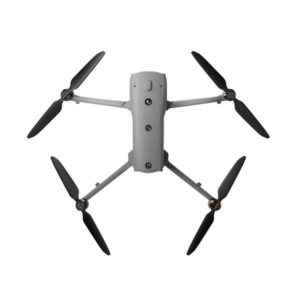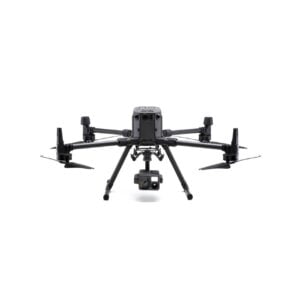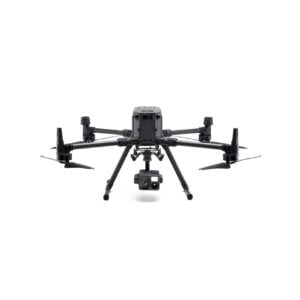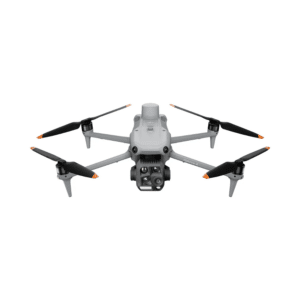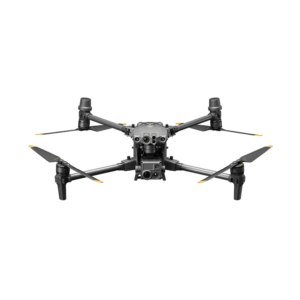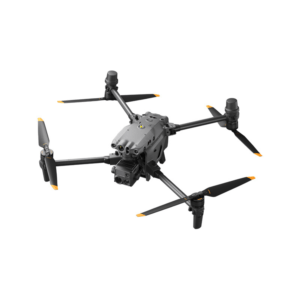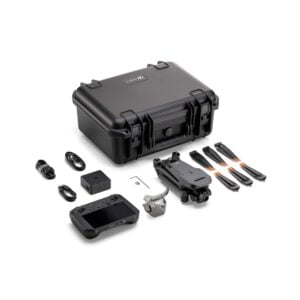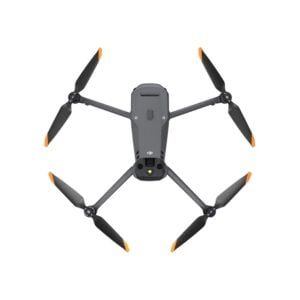





Precision Thermal Drones for Advanced Aerial Surveillance
-
₹920,000.00Original price was: ₹920,000.00.₹693,000.00Current price is: ₹693,000.00. Select options -
₹835,000.00Original price was: ₹835,000.00.₹749,000.00Current price is: ₹749,000.00. Select options -
₹810,000.00Original price was: ₹810,000.00.₹689,000.00Current price is: ₹689,000.00. Select options -
₹1,690,000.00Original price was: ₹1,690,000.00.₹925,000.00Current price is: ₹925,000.00. Select options -
Rated 5.00 out of 5
₹665,000.00Original price was: ₹665,000.00.₹584,990.00Current price is: ₹584,990.00. Select options
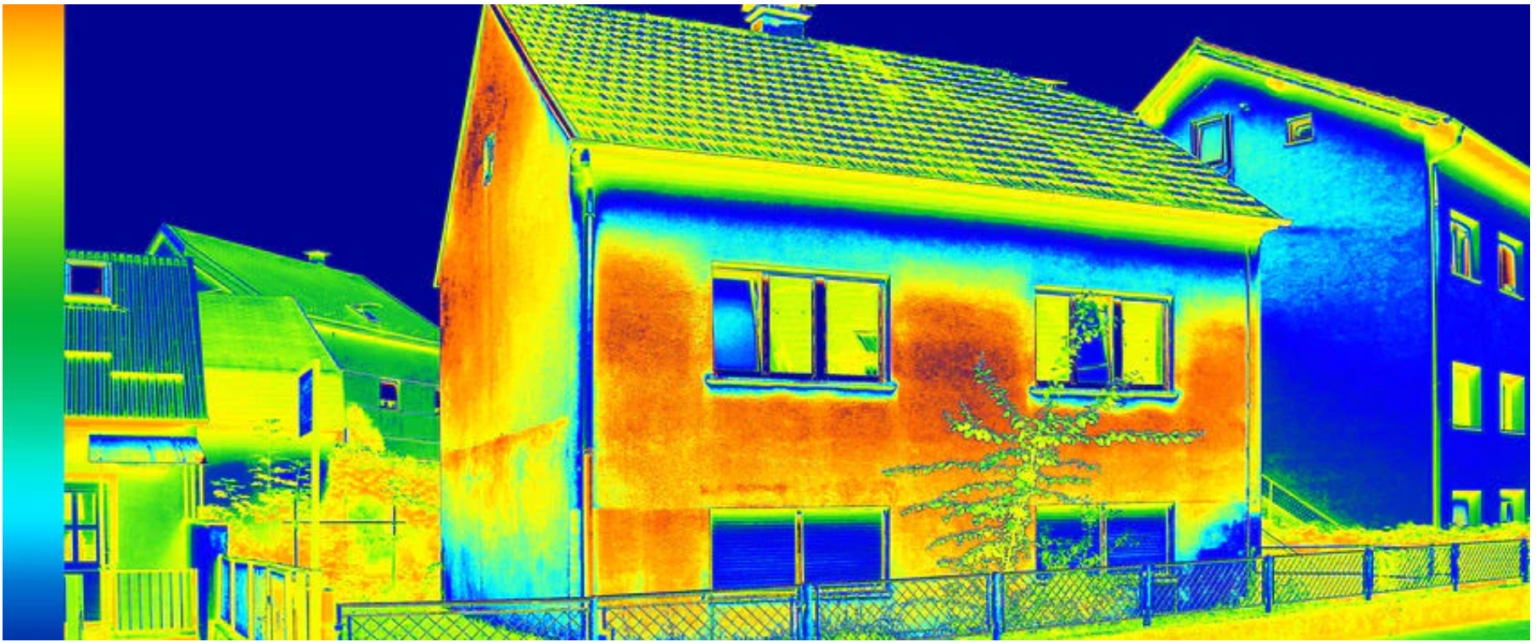
Comprehensively Explore The Industry Applications of Thermal Drones
Explore the diverse industry applications of thermal drones, revolutionizing fields like firefighting, search-and-rescue, infrastructure inspection, and agriculture. These advanced drones leverage thermal imaging to enhance safety, efficiency, and decision-making. From detecting heat anomalies in power lines to locating missing persons in low visibility, thermal drones provide invaluable solutions across multiple sectors, transforming modern industries with cutting-edge aerial technology.
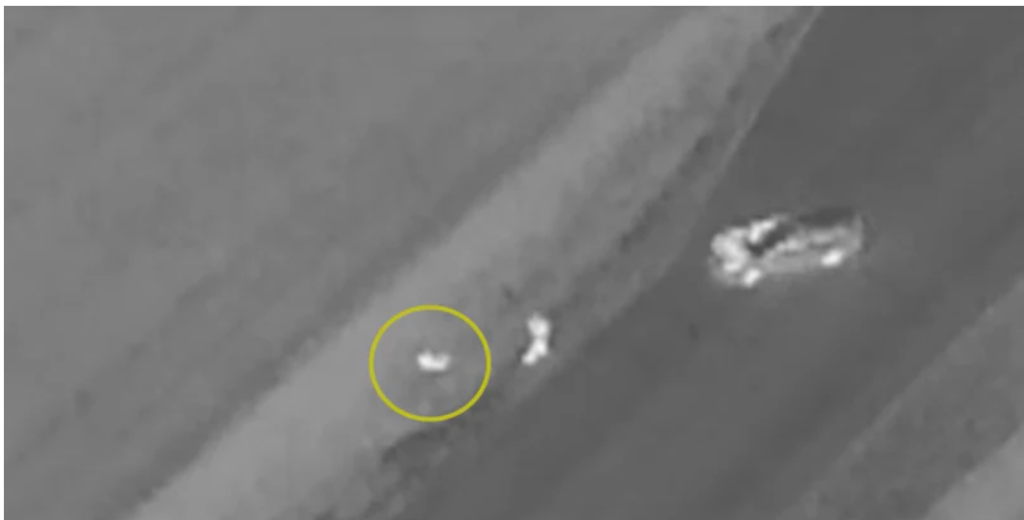
Search and rescue
Navigating through dense forests or snowy landscapes to locate a missing hiker can be challenging. However, with a thermal drone camera, the process becomes significantly easier. Rescue teams can detect heat signatures from afar, dramatically increasing their chances of swiftly finding the lost individual.
These drones provide a crucial advantage in low-visibility conditions, such as heavy fog or nighttime searches, where traditional methods may fall short. By quickly scanning large areas from above, thermal drones reduce search times and improve efficiency, allowing rescue teams to focus their efforts on precise locations. This technology not only enhances survival chances for lost hikers but also minimizes risks for rescuers operating in harsh and unpredictable environments.
Agriculture
Agricultural professionals can deploy these drones to assess irrigation requirements, identifying areas that need water before crops show signs of stress. Additionally, for pest control, drones can detect temperature variations caused by pest activity, allowing for early intervention and preventing potential crop damage.
Beyond irrigation and pest control, thermal drones also aid in monitoring overall crop health by detecting temperature fluctuations that indicate disease or nutrient deficiencies. By providing real-time data, farmers can make informed decisions on fertilization, targeted treatments, and resource allocation, ultimately improving yields and reducing waste. This precision agriculture approach enhances efficiency, sustainability, and profitability in modern farming operations.
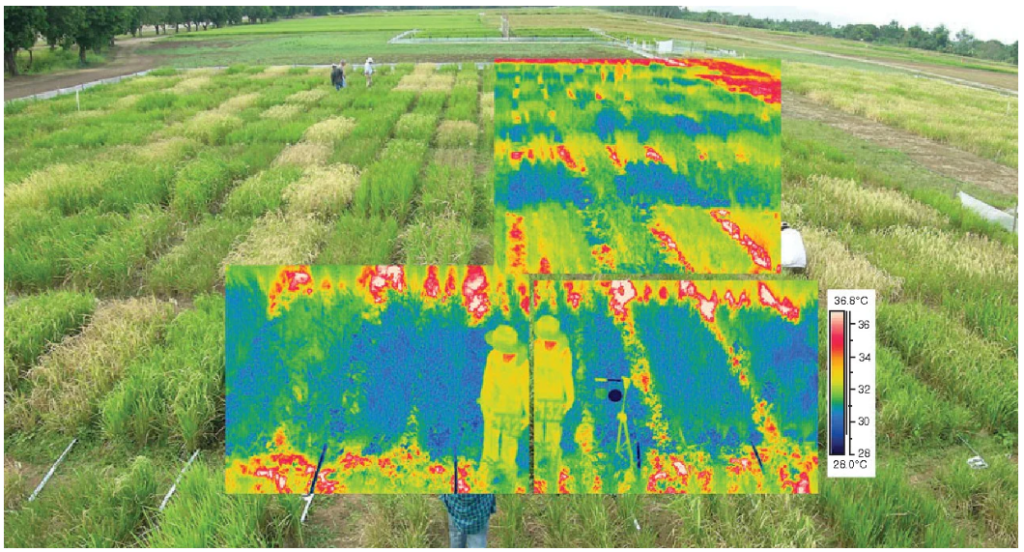

Electrical inspection
Beyond identifying overheating components, thermal drones can detect wear-prone areas, anticipate maintenance requirements, and oversee expansive power grids. For instance, in harsh winter conditions, ice buildup on power lines can lead to sagging and potential breakage, which these drones can help monitor and mitigate.
Additionally, thermal drones play a crucial role in preventing power outages by detecting weak points in electrical infrastructure before failures occur. By identifying hotspots, loose connections, or insulation breakdowns, utility companies can perform proactive maintenance, reducing downtime and costly repairs. This advanced monitoring capability ensures a more reliable power supply, especially in extreme weather conditions where timely interventions are essential to maintaining grid stability.
Building inspection
Thinking of purchasing a property? Thermal drones offer a comprehensive inspection before finalizing the deal, revealing insulation gaps, potential leaks, or structural concerns—all from an aerial perspective! Their benefits extend far beyond pre-purchase assessments.
Beyond pre-purchase evaluations, thermal drones are invaluable for ongoing property maintenance, helping homeowners and real estate investors detect issues before they escalate. From identifying roof damage and water intrusion to assessing HVAC efficiency, these drones provide a cost-effective way to monitor structural integrity. Regular thermal inspections can prevent costly repairs, enhance energy efficiency, and ensure long-term property value, making them a smart investment for property management.
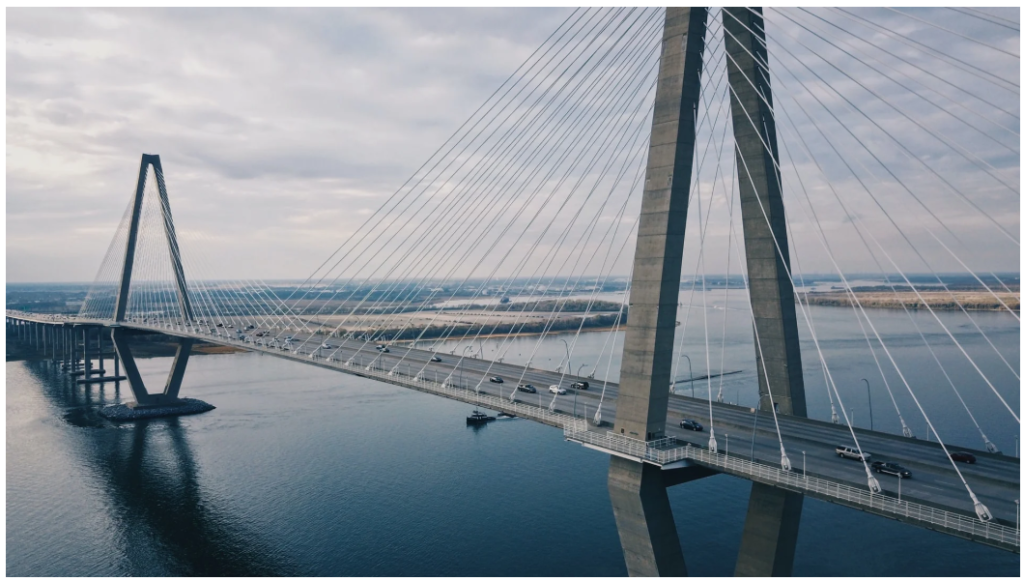
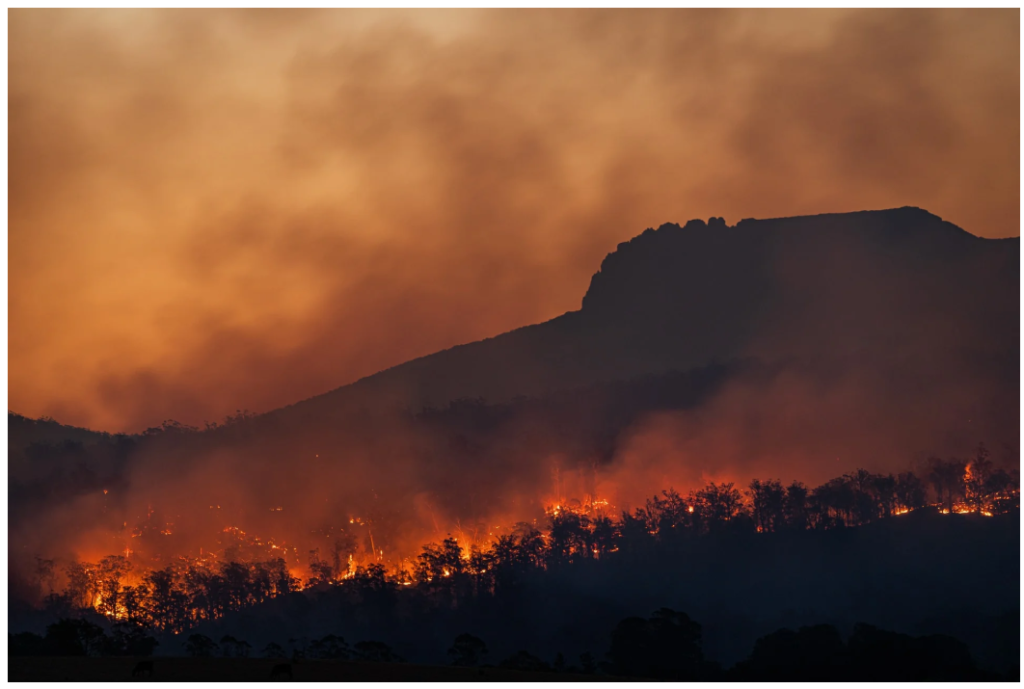
Firefighting
During wildfires, accurately gauging their scale and movement is crucial for saving lives. Fire departments utilizing Autel thermal drones can access real-time insights to enhance strategic response efforts. In urban fire emergencies, these drones play a vital role in detecting trapped individuals through heat signatures, improving rescue operations.
Additionally, thermal drones assist in post-fire assessments by identifying lingering hotspots that could reignite if left unchecked. By providing detailed heat maps, firefighters can ensure complete extinguishment, reducing the risk of flare-ups. These drones also help assess structural damage, allowing emergency responders to determine safe entry points and prioritize rescue efforts. Their ability to deliver real-time aerial intelligence makes them an indispensable tool in both wildfire management and urban firefighting scenarios.
Law enforcement
Pursuing suspects at night or through difficult terrain can be a challenge for law enforcement. However, with the Airborne Thermal Assistant, officers gain a crucial advantage. These drones provide aerial tracking, enhancing safety and significantly improving the likelihood of a successful arrest.
Beyond suspect tracking, thermal drones also aid in locating missing persons, monitoring large crowds, and securing crime scenes. By providing real-time heat signature detection, they help officers navigate dangerous situations with greater awareness, reducing risks during operations. Additionally, these drones can gather crucial evidence from above, offering law enforcement an invaluable tool for improving public safety and ensuring more effective crime prevention strategies.
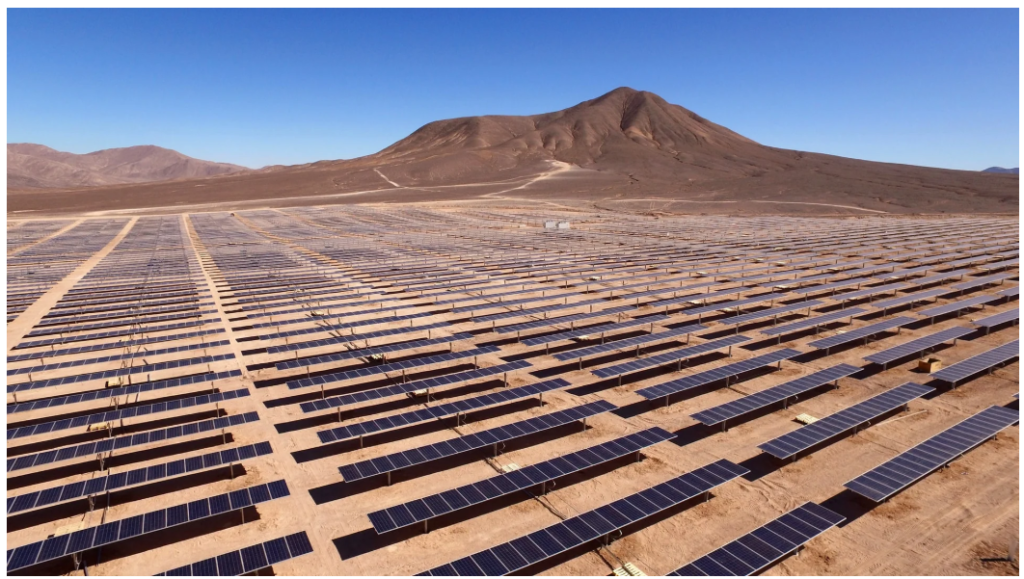
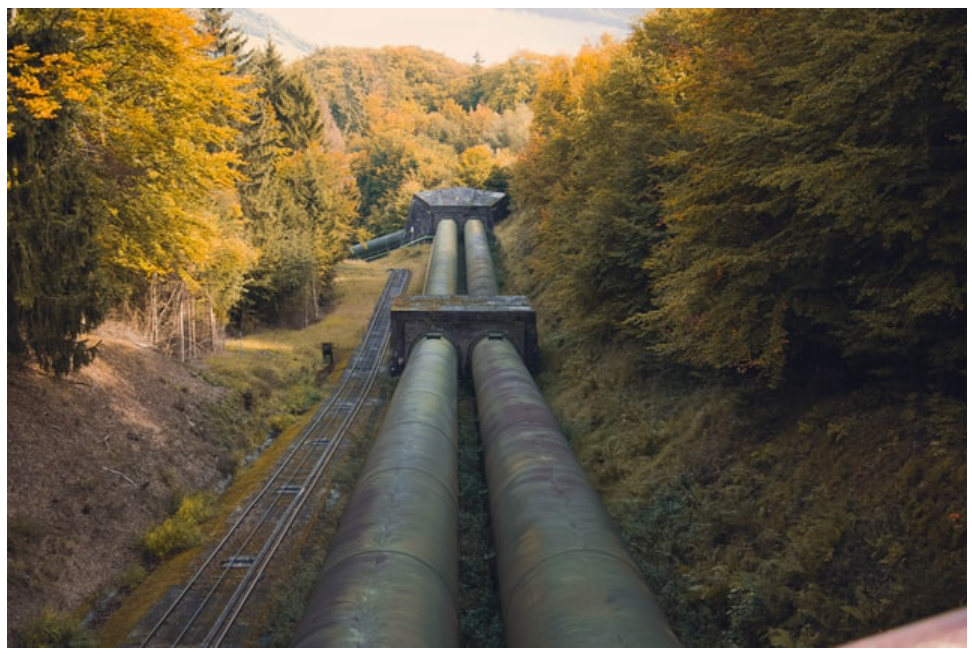
Oil and gas
In the vital oil and gas industry, identifying issues early can avert disastrous outcomes. Picture detecting a minor leak in a remote pipeline using a drone’s thermal camera before it turns into a major environmental threat—that’s the invaluable advantage these drones offer.
In addition to leak detection, thermal drones play a crucial role in monitoring equipment efficiency, identifying overheating machinery, and ensuring compliance with safety regulations. They provide a cost-effective and non-invasive way to inspect hard-to-reach areas, reducing the need for manual checks that can be time-consuming and hazardous. By enabling proactive maintenance, these drones help prevent costly downtime, improve operational safety, and minimize environmental risks in the oil and gas sector.
Wildlife research and conservation
Safeguarding the world’s wildlife depends on understanding animal behavior, particularly after dark. With thermal imaging drones, researchers can monitor nocturnal species, gaining valuable insights to support conservation efforts and protect endangered animals.
Beyond tracking nocturnal species, thermal drones help combat poaching by detecting human activity in restricted wildlife reserves. Rangers and conservationists can use real-time aerial surveillance to locate and apprehend poachers before they harm endangered animals. Additionally, these drones assist in habitat monitoring by identifying environmental changes, such as deforestation or climate-related impacts, ensuring timely intervention to preserve ecosystems and support global wildlife conservation efforts.
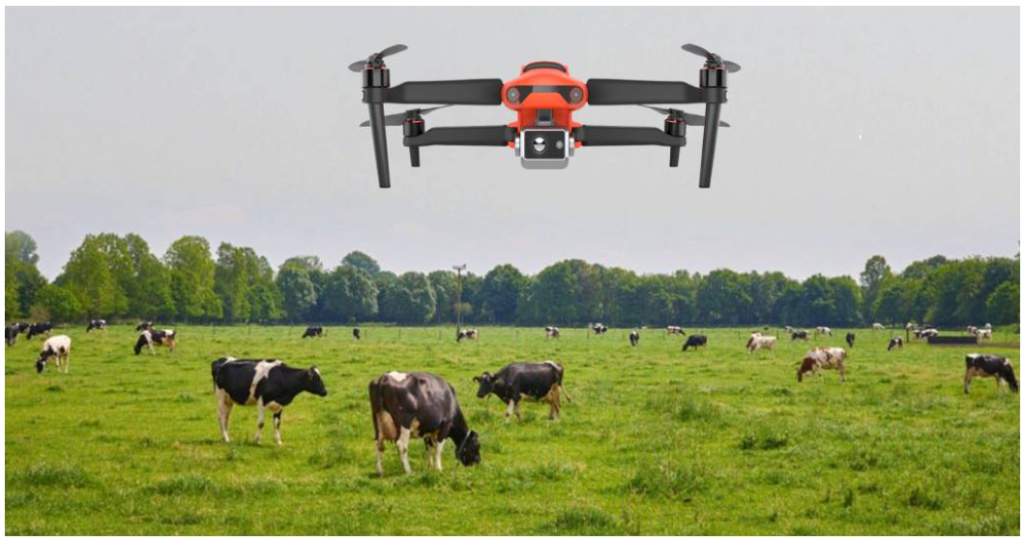
Thermal Drones: The Frontier in Aerial Imaging and Inspection.
Thermal drones are increasingly becoming the need of the hour in multiple industries, for it offers diverse capabilities than its typical visual imaging counterpart. It could capture the changes in temperature and heat signatures invisible to the naked eye-thus being very useful for search operations, firefighting, building inspections, agriculture, and much more.
We have everything you need to know about thermal drones, their benefits, and the industries using this advanced technology in the article below.
What are thermal drones?
Thermal Drones are UAVs, unmanned aerial vehicles. Such apparatus is equipped with thermal imaging cameras. Such a camera perceives as infrared the thermal radiation of objects. The conventional cameras are limited by ranging light. The thermal camera, however, sees heat. This is why the user can see differences in temperatures. This is the power of the thermal technology for the detection of heat losses; problems of electrical faults or locating someone rescued from isolated terrains.
The thermal drone industry has developed remarkably with sensor technology and advances in the capability of drones. Today, having evolved sensors and drones, thermal imaging is neither very costly nor imprecise. Rather, it provides real-time data used for a variety of professional applications.
Key Uses of Thermal Drones
Thermal drones are mainly applied in several industries, providing benefits as well as advantages to the following industries:
Search and Rescue Operations:
It can be deployed immediately since, in case of an emergency, time is the most important element. They are primarily deployed during search and rescue operations in challenging terrains such as forests or mountains or at a disaster site. For, it detects body heat, response personnel could easily locate victims in the dark or even within dense foliage.
Firefighting and Hazard Evaluations:
Firemen are currently using the thermal drone to view fire scenarios, hotspots, and follow up on the spreading of fire. All this can be in combination with thermal data to enable the making of informed decisions as to where efforts should be centered in the highly risky environments, thus improving safety and efficiency.
Inspections of Buildings and Roofs
Thermal drones are very vital to be monitored in building inspections, especially in areas of detectible heat loss, finding spots in insulation issues, and leak locations. It captures anomalies in temperature, and inspectors can directly point out areas to be maintained without scaffolding usually and costly manual inspection.
Agricultural and Crop Surveillance:
Thermal drones aid in crop health monitoring in precision agriculture. With thermal drones, areas of water stress and the extent of disease prevalence could be detected by measuring temperature differences between fields. Thermal imaging helps develop targeted irrigation and specific fertilizers and pest controls that would better produce crops.
Electrical and mechanical inspections:
Thermal drones are meant to locate overheated components, electrical faults, or inspect infrastructures like power lines or solar panels during industrial inspections. Such detection of temperature anomalies before the time of occurrence will help in preventing the likely failure and associated costly downtime.
Choosing the Right Thermal Drone
Among the thermal drones to choose from is shown below:
Resolution. Camera The resolution of a thermal camera is what determines the quality of the images obtained. An image with a higher resolution helps ensure that the differences in smaller temperatures are captured, for instance. Professional applications require a high-resolution camera on a thermal drone to collect the precise data needed.
Flight Time and Range:
The flight time is essential for a thermal drone, especially in large-scale inspections or search missions. Drones that spend more time flying and cover longer ranges are the best to fly through miles without battery changes or recharging.
Ease of Use and Software Integration:
Good thermal drones have easy-to-use controls with easier and better access to software integration. They must provide an intuitive interface, real-time data analysis, along with the compatibility of third-party tools in the detailed post-flight analysis.
Durability and water resistance:
Thermal drones operate in harsh environments. Weather-resistant drones, protecting against rain, dust, and exposure to wind, are very important in applications involving varied conditions.
Industries That Can Benefit from Thermal Drones
Thermal drones have greatly revolutionized several fields, which are now more useful and accurate than others. Some major areas of application include:
Thermal drones equip one with the excitement of revolutionizing different industries with the capability to capture data, which generally cannot be achieved with regular cameras. In public safety, it increases disaster response, crime scene investigation, and traffic management. Energy and utilities find their uses for power lines monitoring, substation monitoring, and even for solar panel monitoring. For the construction sector, it supports bridge inspection and site monitoring. Innovations in sensors, AI analytics, and automation systems offer vast potential for the future. Find thermal drones at Hobitech.in in order to have the right solution.
Yes, self-flying drones, more commonly known as autonomous drones, are something one can actually find in market usage, and companies use such devices. These drones utilize the latest advancements in AI and sensors to navigate without any human intervention and avoid obstacles to perform their tasks. Skydio 2+, for instance, is highly recognized due to its autonomous features and is generally used for inspections, surveillance, and filming purposes. Autonomous drones make any operation easier and more secure, especially in complicated surroundings.
The best thermal drone really depends on your specific needs and budget. High-performance options, such as the DJI Matrice 300 RTK paired with the Zenmuse H20T camera, offer advanced thermal imaging, long flight times, and reliability-highly beneficial for professional applications. More compact, affordable alternatives include the DJI Mavic 3 Thermal, which offers great thermal capabilities for smaller-scale operations. Further, factors that include resolution, flight time, and features are yet to guide your choice in looking for the best thermal drone.
Yes, self-flying drones, more commonly known as autonomous drones, are something one can actually find in market usage, and companies use such devices. These drones utilize the latest advancements in AI and sensors to navigate without any human intervention and avoid obstacles to perform their tasks. Skydio 2+, for instance, is highly recognized due to its autonomous features and is generally used for inspections, surveillance, and filming purposes. Autonomous drones make any operation easier and more secure, especially in complicated surroundings.
Absolutely, DJI offers a variety of commercial thermal drones. High-end models include the DJI Mavic 3 Thermal and the Matrice 300 RTK which are further integrated with the thermal camera Zenmuse H20T for reconnaissance and surveillance in terms of thermal inspection, search and rescue missions, fire suppression, and the like. They combine established DJI flight technology with top-quality thermal imaging data to ensure both accuracy and reliability.

